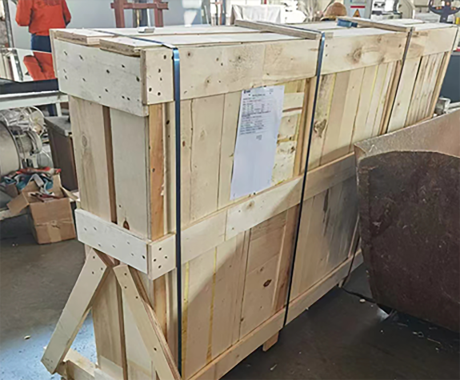

The Art and Utility of Colored Mirror Glass
Colored mirror glass combines aesthetics with functionality, creating a captivating element in both architectural and interior design. With its reflective surface and vibrant hues, this material not only serves practical purposes but also enhances the visual appeal of various settings.
The production of colored mirror glass involves applying a thin layer of metallic coatings to glass panels, which can be tinted in a myriad of shades. This process allows for an array of colors, from deep blues and greens to rich reds and golds. The result is a striking material that reflects surroundings while simultaneously adding depth and vibrancy to the environment. The allure of colored mirror glass lies not only in its beauty but also in its versatility, making it suitable for a variety of applications.
In architecture, colored mirror glass is often used in facades and curtain walls, transforming ordinary buildings into stunning visual landmarks
. When sunlight hits these surfaces, it creates a play of light and color that can change throughout the day, offering a dynamic experience that engages passersby. Additionally, this type of glass can help in energy efficiency; for instance, reflective surfaces reduce heat absorption, thus lowering cooling costs in buildings.
In interior design, colored mirror glass brings a unique touch to spaces, serving as a decorative element in homes, offices, and commercial establishments. It can be utilized in furniture design, wall installations, and even art pieces. For example, a coffee table with a colored mirror glass top can become a stunning centerpiece, while wall murals made from colored mirror fragments can add a touch of whimsy and sophistication to a room. Moreover, the reflective quality of the glass can create an illusion of space, making smaller areas appear larger and more open.
Colored mirror glass is also popular in retail environments, as it draws attention to products while enhancing the overall shopping experience. Stores often use it in display cases, signage, and decorative elements to create an inviting and eye-catching atmosphere. Customers are not only attracted to the products but also to the ambiance created by the play of colors and reflections.
Beyond aesthetics and practicality, colored mirror glass also raises questions about sustainability and safety. As the demand for such materials grows, manufacturers are increasingly focused on using eco-friendly processes and materials, ensuring that the beauty of colored mirror glass does not come at the expense of the environment.
In conclusion, colored mirror glass is a multifaceted material that beautifully blurs the line between art and utility. Its ability to reflect, refract, and color our world makes it a favored choice among architects and designers alike. As innovations continue to evolve, the future of colored mirror glass promises even more exciting possibilities, captivating the imagination and enriching our environments.